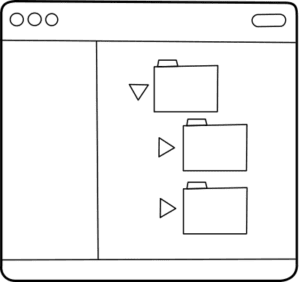Structural patterns are concerned with how classes and objects can be arranged to form larger structures.
Structural class patterns use inheritance to compose interfaces or different implementations. For example, multiple inheritance can be used to combine features from two or more classes into a single class. This allows two or more independently developed class libraries to work together.
Structural object patterns specify a way to create new objects to realize new functionality. The flexibility of object composition allows us to change the composition at run-time, which is impossible with static class composition.
There are seven structural GOF patterns. They are:
- Adapter pattern
- Bridge pattern
- Composite pattern
- Decorator pattern
- Façade pattern
- Flyweight pattern
- Proxy pattern

Suryateja Pericherla, at present is a Research Scholar (full-time Ph.D.) in the Dept. of Computer Science & Systems Engineering at Andhra University, Visakhapatnam. Previously worked as an Associate Professor in the Dept. of CSE at Vishnu Institute of Technology, India.
He has 11+ years of teaching experience and is an individual researcher whose research interests are Cloud Computing, Internet of Things, Computer Security, Network Security and Blockchain.
He is a member of professional societies like IEEE, ACM, CSI and ISCA. He published several research papers which are indexed by SCIE, WoS, Scopus, Springer and others.


Leave a Reply